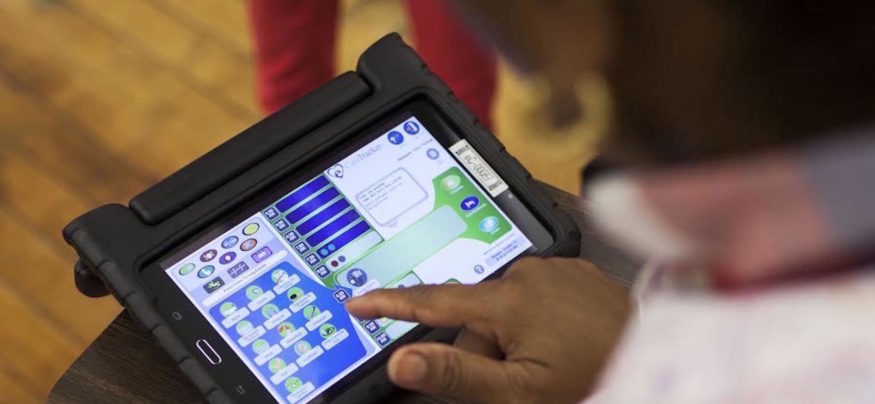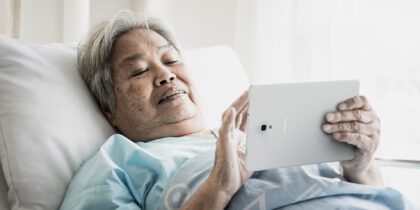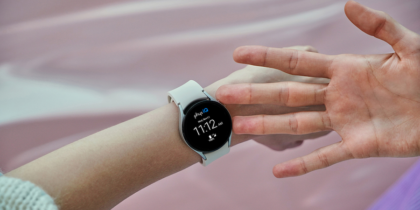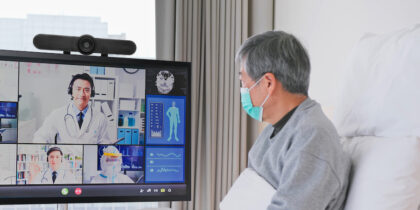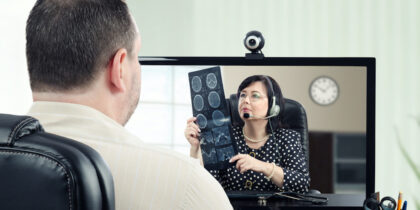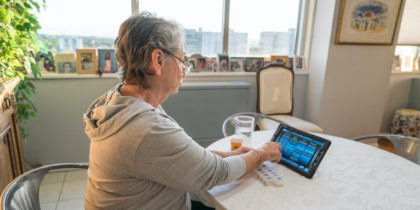Remember the game “telephone” from when you were younger? The lesson is simple: As information gets passed from person to person, crucial details get lost in translation. The same is true in healthcare. Even with written documentation, important data often gets overlooked, miscommunicated or delayed.
In today’s healthcare environment, providers and insurers have a financial stake in keeping patients out of the hospital. To do so, they need accurate, up-to-date patient information and the ability to quickly share that data with different members of their team. For example, one not-for-profit insurer that provides home health services uses eCaring telemonitoring software and Samsung Galaxy tablets to streamline communication between home aides, care managers and physicians. Because all parties have a real-time picture of each patient’s health, they can work together to prevent complications and promptly respond to emergency situations. As a result, the company has decreased hospital admissions and improved their quality of care.
Home Health Technology for At-Risk Patients
Half of all American adults — about 117 million people — suffer from one or more chronic health conditions, many of which are preventable or highly treatable. These individuals account for the vast majority of all healthcare spending — funds that could be saved with better preventative care and disease management.
To keep at-risk patients healthy while minimizing costs, healthcare providers need to take a team-based approach. Home health aides visit patients who have chronic diseases to capture biometric data and record their observations. They must then communicate this data with care managers, who coordinate any necessary medical intervention. Because each care manager remotely oversees more than 100 patients, they need accurate information from the health aides who interact with these individuals on a regular basis. Without a complete picture of each patient’s symptoms and condition, it’s hard for care managers to make good decisions and respond to potential health threats before there’s a real problem.
Mobile technology can play an enormous role in keeping the lines of communication open between team members. Home aides can then track and report on patients’ physical health and emotional well-being in real time, keeping care managers in the loop with actionable alerts they can respond to quickly.
Five Ways Telemonitoring Improves Employee Communication and Patient Outcomes
The insurance company discussed above has been utilizing Samsung Galaxy tablets with cloud-based software from eCaring for the past year. Here are five key benefits they’ve reported:
1. Real-time data: In the past, care managers had to wait for health aides to finish their rounds and upload patient data. Now aides use their Samsung tablets to enter data from each patient’s bedside. Care managers have real-time access to this information, enabling them to intervene more quickly when members need additional support.
2. Actionable alerts: The software is customized for each disease and individual, and sends alerts to care managers when data is outside healthy parameters for a specific patient or when there are negative trends. So far, the system is generating an average of two alerts per member per month.
3. Decreased hospitalizations: Since the implementation of this solution, the insurer is reporting an average of seven prevented hospitalizations per month across a population of 200 to 250 patients.
4. Empowered employees: Health aides are the company’s first line of defense, and the telemonitoring technology helps them do their jobs more efficiently and effectively. As one care manager put it, “eCaring opens the lines of communication and empowers the aide to be a part of the member’s total care. It also enables aides to communicate with the healthcare team and have some feeling of responsibility for members and their health.”
5. Customer satisfaction: The company has received an excellent response from members, who receive better care and disease management education.
To learn more about how this forward-thinking insurer cuts costs and improves care using home health technology, read the case study.
